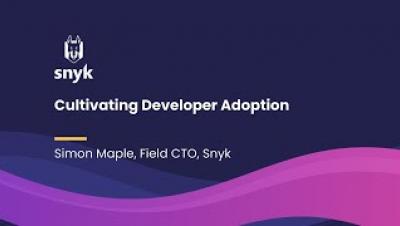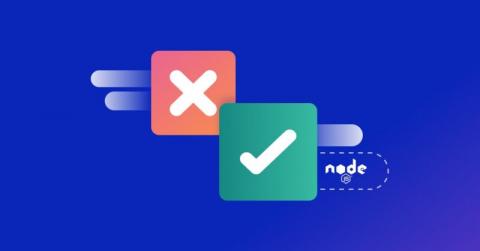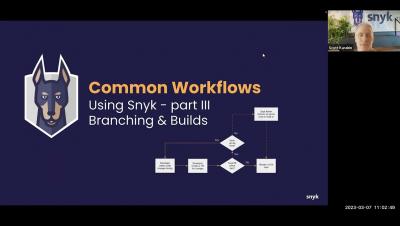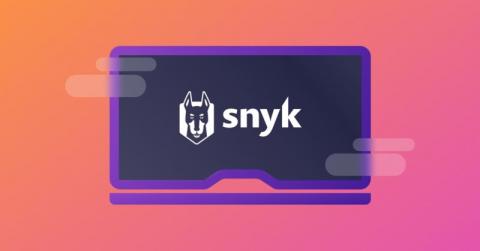Preventing XSS in Django
Cross-Site Scripting (XSS) is a type of vulnerability that involves manipulating user interaction with a web application to compromise a user's browser environment. These vulnerabilities can affect many web apps, including those built with modern frameworks such as Django. Since XSS attacks are so prevalent, it's essential to safeguard your applications against them. This guide discusses how XSS vulnerabilities originate in Django apps and what you can do to mitigate them.











